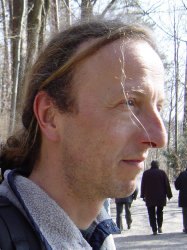BibTex format
@article{Barraza:2019:10.1039/c9ra05516a,
author = {Barraza, F and Moore, R and Rehkamper, M and Schreck, E and Lefeuvre, G and Kreissig, K and Coles, B and Maurice, L},
doi = {10.1039/c9ra05516a},
journal = {RSC Advances: an international journal to further the chemical sciences},
pages = {34011--34022},
title = {Cadmium isotope fractionation in soil-cacao systems of Ecuador: a pilot field study},
url = {http://dx.doi.org/10.1039/c9ra05516a},
volume = {9},
year = {2019}
}

